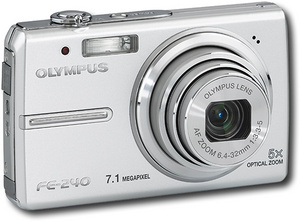Ointment A+D ointment has been a necessity with every baby we have had, and we have five children. I, like a lot of other moms out there, have had to deal with a lot of diaper rashes in my time. I originally used Balmex for occasional diaper rashes until one bad rash that Balmex didn’t help. Someone suggested A+D ointment, my mother as a matter of fact. I have been using it ever since.
So what is the difference between these two ointments? I will start with the ingredients. When you read the A+D ointment tube, it says the active ingredients are Lanolin, and Petrolatum. The inactive ingredients are cod liver oil (contains vitamin A and vitamin D), fragrance, light mineral oil, microcrystalline wax, and paraffin. The ingredients on a Balmex tube says active ingredient: Zinc Oxide. On the front of the tube, it says it contains Aloe and Vitamin E.
When I looked up the definitions for the ingredients in A+D ointment, this is what I found:
Lanolin is a greasy yellow substance extracted from wool, when purified, it is used as a base for ointments, creams, as a lubricant, and in finishing and preserving leather.
Petrolatum is a yellowish, translucent gelatinous, oily, semisolid, amorphous mass obtained from petroleum; used as a lubricant, rust prevention, in the manufacture of cosmetics, and in medicine as a protective dressing, emollient, and ointment base. Cod Liver Oil is a pale yellow, fixed oil, extracted from the liver of the common cod or of allied species used in medicine chiefly as a source of vitamins A and D.
Mineral Oil is a colorless oily, almost tasteless, water insoluble liquid, usually of a standard light density consisting of mixtures of hydrocarbons obtained from petroleum by distillation; used chiefly as a lubricant, in the manufacture of cosmetics and in medicine as a laxative.
When you define Zinc Oxide, it is a white or yellowish amorphous, odorless, water insoluble powder, used chiefly as a paint pigment, in cosmetics, dental cements, matches, white printing inks, and opaque glass, and in medicine in the treatment of skin conditions. Vitamin A, D, and E and also aloe, we all know, are effective in healing the skin. When your child has a diaper rash, the vitamin A and D will heal the skin. It restores the tissues. The petroleum in A+D ointment provides a barrier between your baby’s skin and their elimination while the skin is healing. But that is not all A+D Ointment is good for. On the tube, it says it can be used for treatment and prevention of diaper rash, temporarily protects minor cuts, scrapes, and burns, temporarily protects and helps relieve chapped, chafed, or cracked skin and lips, helps protect from the drying effects of wind and cold weather.
Here are some other suggestions for the use of A+D ointment:
If you have Psoriasis, try applying A+D ointment two times a day or more as needed.
If you get burnt while cooking, apply a little on your burn. It helps heal and decreases the pain.
Body piercing and Tatoos
To heal dry cracked hands, at bedtime, apply it all over the hands up to the wrist. Make sure to get on your knuckles and between your fingers. Put a pair of socks on your hands and go to sleep. When you wake up, just wash off any excess. Do this two or three times a week.
To heal the feet, at bedtime, apply all over your feet to the ankle. Pay special attention to the heel area and around the toes too. Put a pair of socks on your feet. This takes a little longer so do it for one week.
If a company takes the time to let you know what is in their product right on the tube, they have to care about the consumer. When your child is in pain with every diaper change, try A+D ointment the next time. You may find that it’s not for you. But you won’t know until you try it.




